For industrial maintenance and condition monitoring practitioners, precision and reliability are paramount.
The SDT CONMONSense range of sensors is a game-changing solution, opening up a new era of ultrasound monitoring. With advanced technology and unparalleled features, these sensors provide a consistent, robust, and cost-effective means of tracking the health of your critical assets.
The Power of Ultrasound in Your Hands
The CONMONSense sensors are part of the SDT Ultrasound Solutions product family, introducing a set of heterodyned ultrasound sensors with a unique capability to detect vibroacoustic phenomena in the air or through solid mediums.
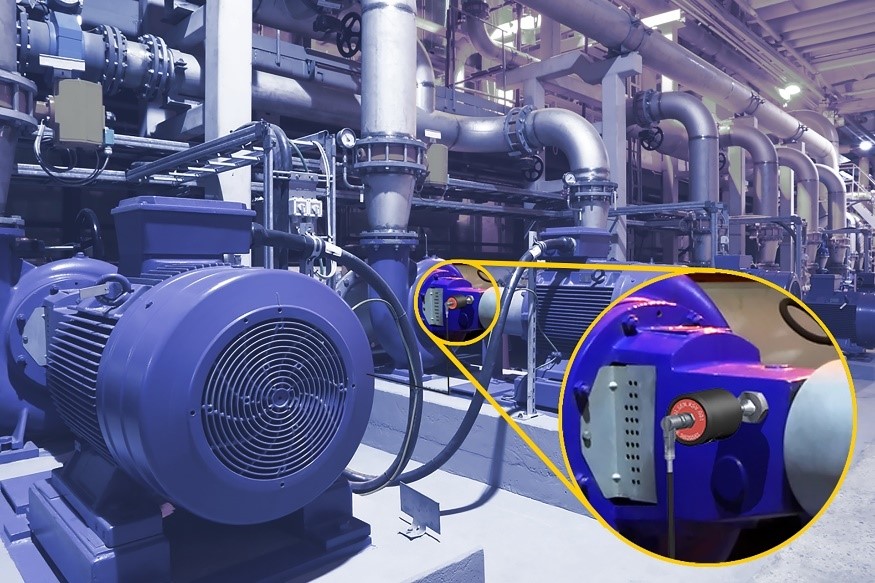
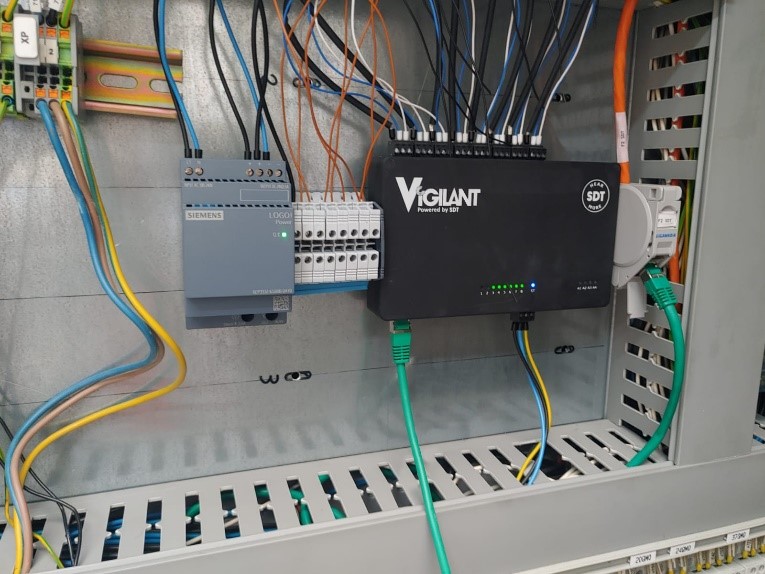
What sets these sensors apart is their ability to provide direct audible signals, eliminating the need for specialized SDT handheld devices with higher sampling rates. This simplifies the monitoring process, making it more efficient and readily implementable in your organization.
Embedded with analog electronics, the CONMONSense sensors perform the heterodyne process within the sensor itself. This design not only ensures compatibility with existing acquisition systems (with standard outputs) but also fine-tunes the sensor’s response, making it easier to connect and integrate into your monitoring infrastructure.
With a typical band-pass frequency range between 250 Hz to 4kHz, these sensors convert ultrasound signals into audible form, optimizing them for the human ear. The standardized analog outputs are easily interfaced with a wide range of acquisition systems, including the SDT VIGILANT, offering users the flexibility to choose between AC (signal) and DC (RMS only) modes, tailored to their specific applications.
Versatile Designs for Diverse Environments
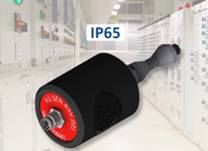
The CONMONSense sensors come in contact and airborne designs, each addressing specific measurement needs. Their robust build ensures they can be installed in the most challenging environments, boosting reliability while reducing downtime and maintenance costs. The contact sensors are ideal for continuous monitoring of critical assets like bearings, valves, steam traps, and hydraulic systems.
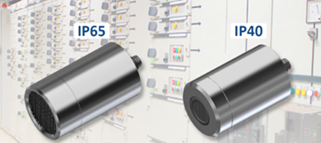 In contrast, the airborne sensors, with varying IP ratings (IP65 and IP40), are tailored to accommodate the constraints of your specific environment, including inspecting electrical systems.
In contrast, the airborne sensors, with varying IP ratings (IP65 and IP40), are tailored to accommodate the constraints of your specific environment, including inspecting electrical systems.
In other words, they can be employed for monitoring assets suffering from abnormal friction, impact, and turbulence, which are telltale signs of distress or product quality issues. Whether you’re monitoring the health of valves, steam traps, hydraulic systems, or even deploying ultrasound-driven lubrication, these sensors are your go-to solution.
But the real beauty of CONMONSense sensors is their ability to be permanently installed on your most critical assets. For example, you can use CONMONSense Airborne sensors to monitor potential partial discharge in electrical cabinets, adding a layer of safety and security to your operations.
Exceptional Signal Measurement Capabilities
While the CONMONSense sensors share similarities with the SDT handheld device-compatible sensors, they stand out in terms of their signal measurement capabilities. The embedded electronics in the CONMONSense range enable advanced compatibility but have certain limitations when measuring weak signals. In cases where you need to acquire faint signals, sensors dedicated to SDT handheld instruments might be preferable, as they offer more capabilities in measuring weak signals.
Discover the Power of Analog Sensors
Analog sensors are pivotal in industrial applications, as they capture and transmit information in the form of electrical signals. The CONMONSense sensors offer a range of popular analog outputs, including 4-20 mA, 0-10 V, and IEPE. These outputs are compatible with acquisition systems equipped with voltage and/or current channels, making them highly versatile and cost-effective.
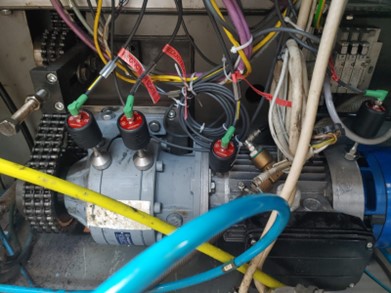
In industrial applications, electrical noise can be a significant concern. The 4-20 mA output standard, embraced by the CONMONSense sensors, excels in such scenarios. Its high immunity to electrical noise ensures accurate and consistent readings over long distances, even in harsh industrial environments where other signal types may falter.
Two Distinct Output Modes: Dynamic (AC) and Static (DC)
CONMONSense sensors are designed to provide both dynamic (AC) and static (DC) output modes. The dynamic mode delivers a continuous signal that oscillates around a bias voltage (in the case of voltage output) or bias current (in the case of current output). This signal, sampled at a minimum rate of 10 kHz, can be further post-processed and analyzed to extract valuable information about the health of the asset being monitored. Spectral transformation techniques such as FFT or envelope FFT can highlight the most prominent frequencies and their amplitudes in a signal. On the other hand, statistical indicators like RMS (Root Mean Square), Peak Value, and Crest Factor are employed for tracking trends and triggering alarms.
In the static mode (DC output), CONMONSense sensors provide RMS values representing ultrasound energy in the band-pass frequency. While this mode doesn’t offer the same level of detailed information as the dynamic mode, it is valuable for tracking changes and trends over an extended period, making it an excellent tool for proactive maintenance.
Selecting the Right Sensor
The choice between dynamic and static modes largely depends on your acquisition system’s specifications and capabilities. A minimum sampling rate of 10 kHz is essential to avoid aliasing phenomenon and loss of information in the dynamic mode.
The Benefits of the CONMONSense Sensors Range
They are numerous:
- Ultrasound Measurement Simplified: Experience the easiest way to measure ultrasound signals, converted into audible form, and compatible with conventional acquisition systems.
- Enhanced Efficiency: Real-time and accurate data provided by CONMONSense sensors allow businesses to optimize processes, reduce waste, and enhance productivity.
- Cost Savings: With affordability and extended compatibility, these sensors help organizations reduce operational costs and increase profitability.
- Data-Driven Decision Making: These sensors provide valuable insights for informed decision-making and proactive maintenance strategies.
- Scalability: With a complete range of options, CONMONSense sensors can easily integrate into existing systems, enabling scalable deployment across different industries and applications.
- Simplified Implementation: User-friendly interfaces and comprehensive documentation make installation and configuration a breeze, giving a “sixth sense” to your installations.
In conclusion, SDT CONMONSense sensors are a technological marvel in the world of condition monitoring. Their advanced features, versatile design, and easy integration with existing systems make them a vital asset for organizations aiming to improve asset performance, reduce maintenance costs, and enhance reliability. The precision and consistency offered by these sensors empower you to take control of your assets’ health and ensure the continued success of your operations.




